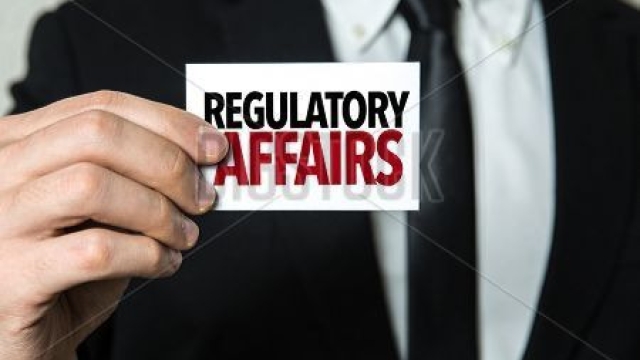
In today’s fast-paced regulatory environment, the importance of effective electronic submission cannot be overstated. Regulatory affairs professionals play a crucial role in ensuring that products meet the stringent requirements set forth by various governing bodies. As the pharmaceutical, biotechnology, and medical device industries continue to evolve, the need for streamlined and efficient submission processes becomes paramount. This not only improves compliance but can also significantly reduce time to market.
Navigating the complexities of electronic submissions requires a solid understanding of best practices that can enhance the submission process. From choosing the right software tools to understanding submission guidelines, regulatory affairs professionals must equip themselves with the knowledge and skills needed to manage these tasks efficiently. In this article, we will explore key strategies that can help organizations optimize their electronic submission processes and ensure successful interactions with regulatory agencies.
Understanding Regulatory Requirements
In the field of Regulatory Affairs, it is crucial to understand the specific requirements set forth by regulatory agencies. Each country or region may have distinct regulations that govern the approval and monitoring of products, ranging from pharmaceuticals to medical devices. Regulatory professionals must stay informed about these varying requirements to ensure compliance and avoid costly delays in the submission process.
A comprehensive understanding of the regulatory landscape involves keeping track of guidelines and standards issued by agencies such as the FDA, EMA, and others. This includes recognizing the importance of the differences in submission formats, review timelines, and the types of documentation required. Professionals must also be aware of any recent updates or changes in regulations that could impact their submissions.
Moreover, effective communication with regulatory bodies is essential. Building relationships and understanding the expectations of these agencies can facilitate smoother submissions and foster collaboration. It is beneficial for regulatory affairs specialists to participate in relevant meetings, workshops, and conferences to maintain a clear line of communication and gather insights that could enhance their submission strategies.
Preparing Electronic Submissions
Regulatory Affairs Training
When preparing electronic submissions in regulatory affairs, it is essential to understand the specific requirements set forth by regulatory agencies. Each agency has its own guidelines regarding format, structure, and content, and adhering to these is crucial for the timely review of submissions. Careful attention to detail is necessary to ensure that all relevant data, documentation, and supporting materials are included and formatted correctly.
Moreover, organizing your submission in a clear and logical manner helps facilitate the review process. This means categorizing documents, using standard naming conventions, and providing a comprehensive table of contents. Where possible, include hyperlinks to related materials within the submission to improve navigation. Utilizing templates provided by regulatory agencies can also streamline the preparation process and enhance compliance with agency expectations.
Lastly, conducting a thorough quality check before submission is vital. This involves verifying that all documents are complete, properly formatted, and free of errors. Engaging team members in a review process can provide additional perspectives that may catch issues that were initially overlooked. Ensuring that your submission is polished and professional demonstrates your commitment to compliance and can positively influence the assessment by regulatory authorities.
Ensuring Compliance and Quality Control
In the realm of regulatory affairs, ensuring compliance with industry standards and regulations is paramount. Organizations must establish robust internal processes to monitor adherence to regulatory requirements throughout the electronic submission lifecycle. This includes staying informed of any changes in regulations and guidelines, as non-compliance can lead to severe consequences, including delays in product approval or costly penalties. Regular audits and assessments can help identify any gaps in compliance and facilitate corrective actions before submission.
Quality control is equally crucial in the electronic submission process. Thorough review protocols should be in place to ensure that all documents meet the necessary quality standards before they are submitted to regulatory authorities. This includes verifying the accuracy of data, consistency in documentation, and completeness of submissions. Implementing checklists and employing cross-functional teams for reviews can enhance the quality of the materials submitted, reducing the likelihood of rejections or requests for additional information from regulatory bodies.
Finally, it is essential to foster a culture of compliance and quality within the regulatory affairs team. Training and continuous education programs can equip team members with the knowledge they need to navigate the complexities of regulatory requirements effectively. Encouraging open communication regarding compliance issues and best practices helps build a proactive approach to regulatory affairs. By prioritizing compliance and quality control, organizations can streamline their submission processes and enhance their chances of successful regulatory outcomes.

